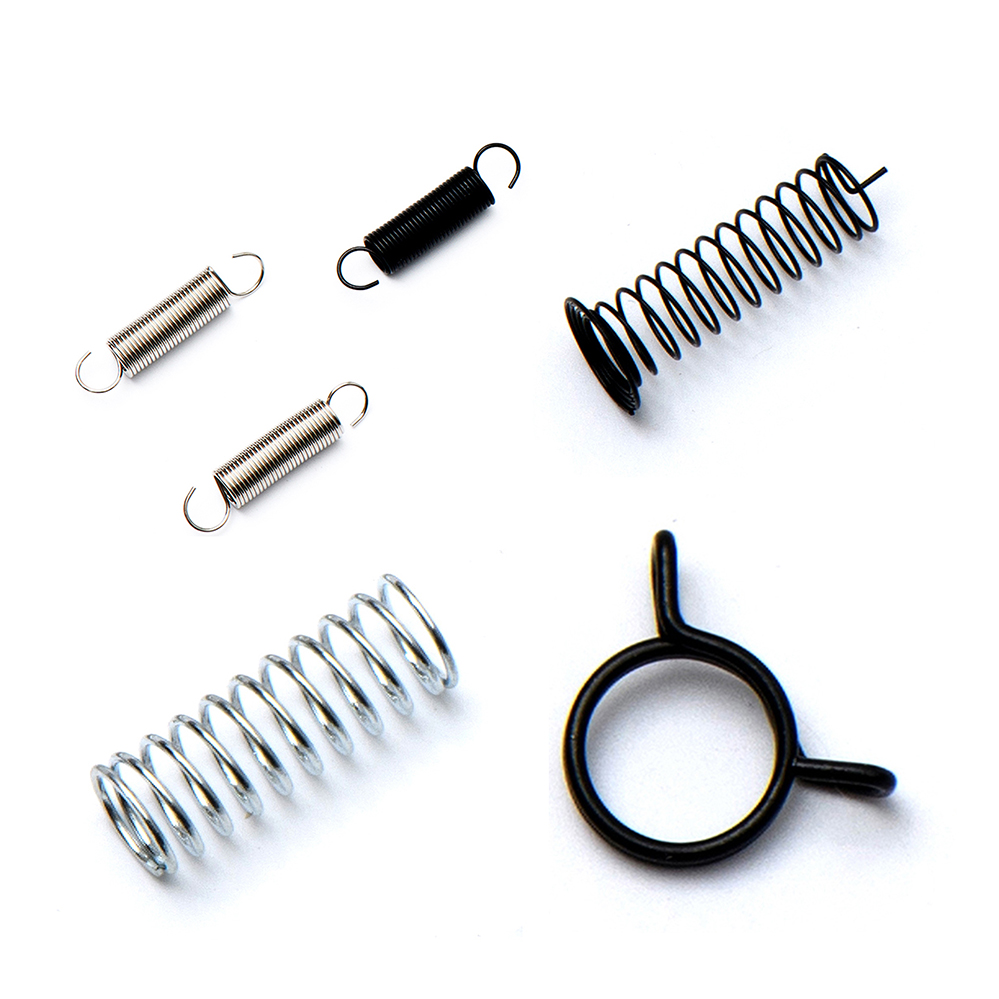In the solventless compounding process, the tension control requirement is much higher than that of the ordinary composite method, mainly because the solventless composite initial adhesive force is low, the operation control is difficult, and the quality problem is more likely to occur. In addition, the solvent-free composite process requires that the shrinkage rate of the two-layer substrate after bonding should be as uniform as possible, otherwise a "tunnel" phenomenon will occur, so the accuracy of the tension control is higher in the solventless compounding process, which is the operation. The personnel put forward some requirements, not only to thoroughly understand and master the detection method of solvent-free composite tension, but also to have the ability to stably control the tension. Basic way of tension control The solvent-free composite tension value can be detected and controlled in real time by a tension detector. The cylinder-controlled pendulum roller tension sensor and the bearing type tension sensor are more common, and can be appropriately selected according to different occasions and control requirements. 1. Cylinder control pendulum roller tension sensor The working principle of the cylinder control pendulum roller tension sensor is to use the potentiometer to detect the position of the current floating roller and compare it with the standard setting position. If the tension is floating, the tension sensor will get the tension deviation signal, and then the signal will be sent through the cylinder. Appropriate adjustment of the position of the float roller until the float roller returns to the standard set position indicates that the tension has reached a steady state. In the solventless compounding process, the change in tension is mainly related to the linear velocity and the diameter of the film roll. When the tension is balanced, the pulling force on the floating roller is equal to the sum of the component in the vertical direction and the thrust of the cylinder, and the floating roller is in the intermediate equilibrium position. However, when the roll diameter or the linear velocity of the film roll changes, the floating roller will deviate from the equilibrium position, and at the same time, the positioner is rotated to make the feedback signal deviate from the original equilibrium voltage value. There is a deviation between the signal and the given voltage signal. After the sensor is operated by a certain algorithm, the motor speed is adjusted to restore the tension of the film roll to the standard given value, and the floating roller will return to the original equilibrium position. It can be seen that the cylinder control pendulum roller tension control system is an continuously adjusted dynamic process when working, and the mechanical friction resistance has a great influence on the detection accuracy of the tension signal. It can be seen from the above analysis that reducing the self-weight of the swing roller device and reducing the mechanical friction resistance are the key to improving the detection accuracy of the tension signal. 2. Bearing tension sensor The bearing tension sensor detects the spring-shaped variable caused by the load through a high-precision differential transformer. The differential transformer converts this shape variable into a proportional electrical signal and feeds it back to the controller, by changing the motor speed. Keep the tension steady. Application of tension control system and selection of winding tension method The tension of a single-station solvent-free composite device is generally divided into four segments, namely a first unwinding tension, a second unwinding tension, a channel tension, and a winding tension. In the process of changing the coil diameter and production speed, the solvent-free composite tension has constant tension requirements, and on the basis of ensuring the composite quality, it also plays an extremely important role in improving the winding quality. Single-station solvent-free composite equipment is essential for ensuring tension stability and winding uniformity due to frequent start-up, shutdown, acceleration, and deceleration operations.
Springs
are common parts of production and life. According to the function, it can be
divided into compression spring, tension spring, torsion spring, and
heterosexual spring. The material of the spring is spring steel or stainless
steel. Our spring products are all customized products designed and produced
according to customer requirements. It has been satisfying customers for many
years with reasonable prices, excellent service, and high-quality products. If
you need springs, welcome to contact us.


Compression Spring Enlarged End,Compression Spring Cylindrical,Tension Spring,Torsion Spring
YRX Technology (Shenzhen) Co., Ltd. , https://www.yrx-tech.com